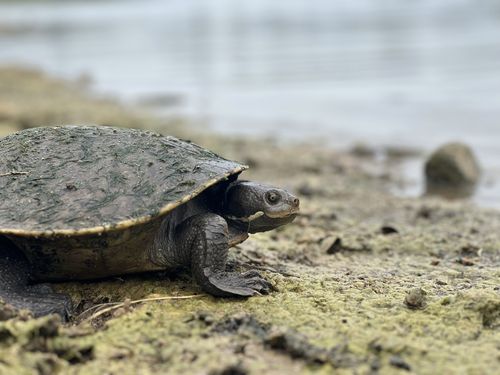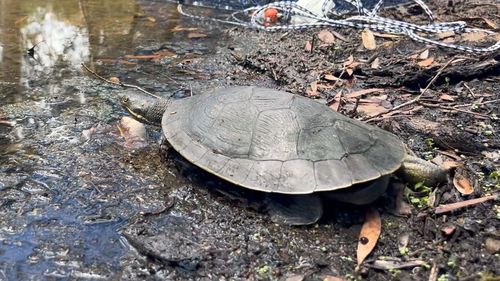Researchers from the CSIRO and the Queensland Department of the Environment, Tourism, Science and Innovation (DETSI) captured, measured, tagged and released around 350 freshwater turtles from Queensland’s waterways over three years.

The levels of PFAS in the animals’ blood and internal organs were measured and the health of the animals assessed.
It found freshwater turtles living in highly contaminated waterways had concentrations of PFAS up to 30 times higher, compared to those at locations with low levels of contamination.
Moreover, the PFAS are altering the animals’ biochemical make-up, in findings that have wide-reaching impacts for Australia’s aquatic wildlife more broadly.
“Exposure to high concentrations of PFAS impacted essential metabolic processes in the turtles sampled,” said the CSIRO’s Senior Research Scientist Dr David Beale.
The adults were at a high risk of forming gout, which is deadly in reptiles.

The turtles’ eggs had altered ratios of essential minerals, and hatchlings had a high rate of defects in their shells.
“When we looked at the population, we found that there was a lack of juveniles at the more contaminated site,” Principal Scientist at DETSI Dr Suzanne Vardy said.
“Our models predicted that over time, these impacts could result in a population collapse.”
PFAS are a group of synthetic chemicals that have been used in industrial appliances for decades as they can resist heat, stains, grease and water.
The Queensland government became the first Australian state to begin phasing out PFAS in consumer and industrial products and legacy firefighting foams in 2016.
The chemicals can leach into soils and groundwater, travel long distances, and do not fully break down naturally, giving them their moniker of ‘forever chemicals’.







